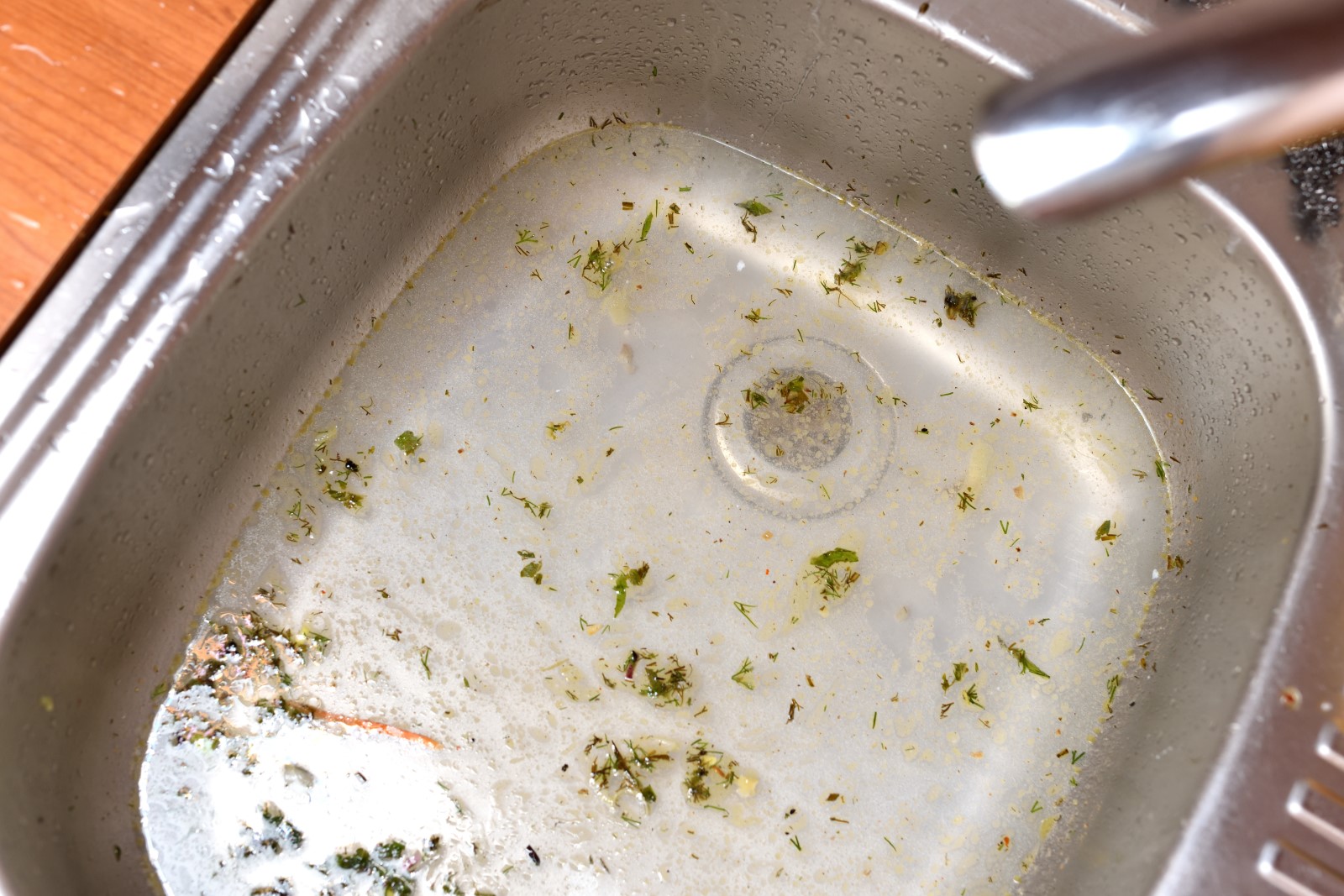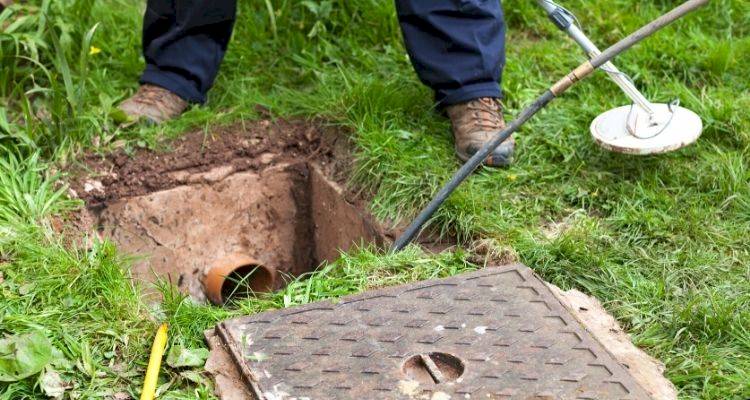Ways to Tackle a Blocked Drain On Your Own Before Seeking Plumbing Professionals
Ways to Tackle a Blocked Drain On Your Own Before Seeking Plumbing Professionals
Blog Article
Just how do you actually feel in regards to How to handle a clogged drain in your home?

Intro
Handling a blocked drainpipe can be an aggravating experience, interfering with daily tasks and possibly causing damages to your residential property. Nonetheless, prior to connecting to plumbing specialists, there are steps you can require to resolve the issue on your own. In this guide, we'll discover DIY solutions and preventive measures to take on an obstructed drainpipe effectively.
Identifying the Issue
The first step in dealing with a blocked drain is acknowledging the indications. Sluggish drainage, gurgling audios, foul odors originating from drains, or water support up are common indicators of an obstructed drain. Identifying these indicators early can assist avoid further problems.
Usual Root Causes Of Obstructed Drains
Comprehending the factors that contribute to drain obstructions is vital for reliable resolution. Common offenders include hair, soap scum, grease, food debris, and international things like hygienic items or paper towels. Tree roots invading underground pipes can likewise cause significant obstructions.
Do it yourself Solutions
For minor blockages, a number of do it yourself solutions can be efficient. Pouring boiling thin down the drain can help liquify grease and particles. Baking soda and vinegar or a mixture of salt and cooking soft drink can function as natural cleansers. Making use of a plunger or pipes serpent to remove blockages is an additional choice.
Devices and Tools
Having the right tools available can make DIY drainpipe cleansing more effective. A bettor is a functional device for getting rid of obstructions in sinks, commodes, and showers. A pipes snake or auger can reach much deeper obstructions, while drainpipe cleaning chemicals can be used cautiously for stubborn blockages.
Preventive Measures
To prevent future obstructions, adopting preventive measures is crucial. Mount drainpipe guards or strainers to capture hair and debris prior to they go into the pipelines. On a regular basis flush drains with warm water to dissolve grease build-up, and prevent taking care of grease or strong waste away.
When to Call a Professional
While do it yourself remedies can fix minor blockages, specific signs show the demand for professional support. Relentless clogs, foul odors in spite of cleansing efforts, or numerous drains pipes backing up all at once are warnings that call for professional intervention.
Selecting the Right Plumbing Service
When picking a plumbing service, consider variables such as experience, licensing, and consumer reviews. Pick a trusted plumbing technician with a track record of high quality handiwork and transparent rates techniques.
Price Considerations
The cost of professional drain cleaning services can differ relying on the severity of the obstruction and the plumbing's rates. Demand quotes from numerous suppliers and ask about any kind of additional charges to guarantee openness and stay clear of surprises.
Safety Precautions
When trying DIY drainpipe cleaning, prioritize safety. Put on protective handwear covers and eyewear to stay clear of contact with harmful chemicals or microorganisms. Never ever mix different drainpipe cleansing items, as this can produce unsafe fumes.
Situation Researches
Real-life instances illustrate the effectiveness of DIY options and the relevance of timely expert treatment in dealing with drainpipe clogs.
Conclusion
By complying with the tips detailed in this overview, you can efficiently tackle blocked drains and avoid future plumbing issues. Whether selecting DIY services or looking for expert assistance, timely action is crucial to preserving a healthy plumbing system and maintaining the stability of your home.
How to Clear a Clogged Drain Yourself (And When to Call In the Professionals)
What Can Clog a Drain
Dirt Skin flakes Hair Grease Soap scum Food Offset pipes Tree roots Small objects Mineral buildup DIY Tricks to Unclog a Drain
You can fix this! Once you have identified the source of the clog (or have a vague idea), you can try one or a combination of these fixes in order to clear your plumbing.
Wire Hanger or Snake
Untangle and clear out hair from a drainpipe with a homemade snake. Use a straightened-out wire hanger with a 90-degree angle hook to locate the clog and drag out any unwanted material.
Remember not to push the clog further down to where the wire hanger cannot reach! If you need to follow up with a plunger, give it a try. Your efforts might be more successful after it’s been wire-snaked.
If you want to get fancy and don’t have a wire hanger to spare, head to the store and pick up a hand-operated drain snake. You can get one for $10-$30. It may save you the hassle, and provide additional length to reach deep into the clogged pipe.
Plunger
A cup plunger has a suction cup attached to a wooden handle. The rubber creates a seal around the drain, and increases the pressure force of the plunger.
Plunge for 30-second increments to loosen the clog. This may need to be repeated over the course of 15-20 minutes. Once plunged, run the water to flush the remaining material out of the drain.
Remember– never use a plunger if you have used a chemical drain cleaner. These chemicals can splash up from the force of the plunger and cause serious injury or burns.
Boiling Water
Hot water can sometimes break up materials into a flushable amount. Dirt, grease, and soap buildup requires heat in order to unstick from surfaces.
Take your kitchen kettle and heat your water to a boil. Once it reaches a rolling boil, pour it directly down the drain into the blockage. Carefully follow with plunging, if necessary.
Don’t worry if this takes more than one try! It can often take multiple kettles and repeated plunging in order to clear a particularly stubborn clog.
Chemical Drain Cleaner
As a last resort, pick up a bottle of chemical drain cleaner. Drain-cleaning chemicals are potent, and not very good for the environment.
You may need to wear protective eyewear in gloves before handling your bottle of chemical drain cleaner. Follow the instructions printed on the bottle, and flush with water as soon as the instructions allow. Do not follow with plunging.
Baking Soda and Vinegar
As a safer alternative to chemical drain cleaner, baking soda and vinegar can create a chemical reaction that clears tough clogs.
Combine one cup of cleaning vinegar with one cup of boiling water, and set aside. Once you have done this, pour half a cup of baking soda down the drain. Give the baking thirty seconds to settle and cover a large portion of the problem drain.
Following the baking soda, pour down your vinegar and hot water solution. Once the vinegar and baking soda combine, the mixture will bubble and fix. Let this reaction fizzle in the drain for about an hour.
After an hour, follow with a kettle’s worth of hot water. The heat and liquid should flush out any remaining material.
When to Call a Plumber
If your DIY attempts haven’t cleared your clog drain, it’s time to call in a professional. It’s not worth losing access to your kitchen sink or high-traffic bathroom. A clog in a vital area can keep you from the things you’d rather be doing, and derail your routine.
Anytime a clog is causing water to spread is a time to call in a plumbing service. What starts out as a little bit of water can quickly grow into serious, expensive water damage.
Additionally, a serious clog can result in burst pipes or serious leaks. Make sure you know when to take it seriously!
https://myguysnow.com/how-to-clear-a-clogged-drain-yourself-and-when-to-call-in-the-professionals/

I'm certainly very involved in and I really hope you appreciated the blog post. Sharing is caring. Helping others is fun. I am grateful for your time. Revisit us soon.
Booking Page Report this page